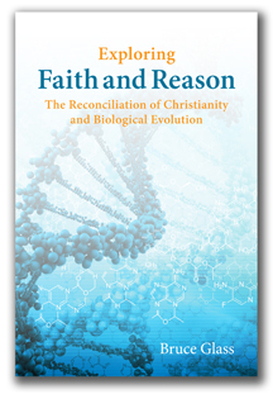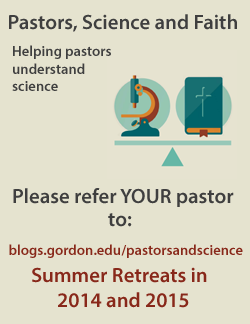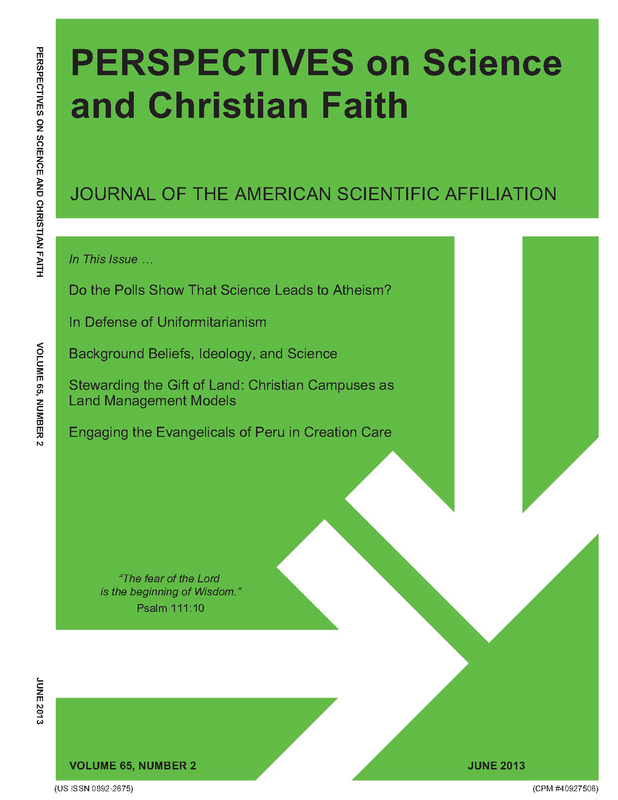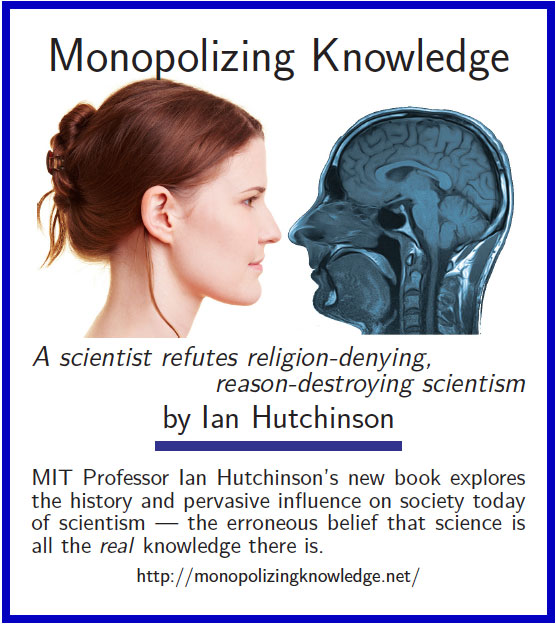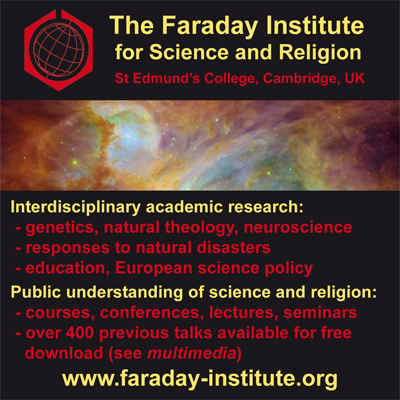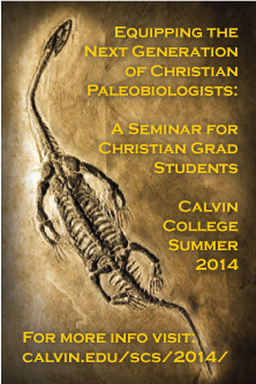What is Responsible Eating?
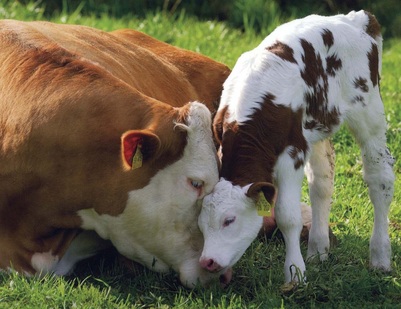
by Grace Mican
I became a vegetarian in 2005, but it wasn’t exactly for moral, ethical or health reasons. My sister had converted a year prior, and my mother had been a vegetarian for many years, and knew how to cook excellent, vegetarian-friendly food. Therefore, the switch that was made because of a pure love for animals, was made easy for me, and I spent a year cutting back on my meat-intake. I distinctly remember my last burger (from Ginny’s Diner on Frankfort Avenue) and my last meal that included meat (my grandmother’s pork chops on New Year’s Eve). I didn’t realize the extent to which my choice would change me, my health, and my view of mainstream farming and eating practices. Mainstream society has conditioned us to have an idea of what responsible eating looks like, which includes many of the foods produced and processed by large powerful corporations. The government also plays some role in defining what responsible eating looks like, suggesting healthy dietary choices such as the food pyramid that every elementary student is taught. However, these suggestions aren’t impartial and have influence from many outside sources. Money plays an extensive role when it comes to the suggestions the public receives concerning their health and food choices. Accepting these opinions, regardless of how credible the source seems, and basing your food choices on these alone does not foster responsible eating. Objective information breeds responsible eating, but that can be very hard to find in a capitalistic society in which there is money to be made or lost by every choice a consumer makes. Responsible eating doesn’t manifest itself through any particular diet; being vegetarian doesn’t make you more responsible than being a meat eater. Eating responsibly is realizing that the statement “you are what you eat” is undeniable, and taking your health choices into your own hands instead of accepting information from those parties determined to sell you their products. Information about what you’re eating, where it comes from, and what possible effects the choice to eat the product could have upon your health need to be sought out. Being informed about your options and making choices that you feel good about is responsible eating. Among the most common questions I get asked upon revealing my dietary “restrictions” are “Is it hard?” and “Do you miss eating meat?” If I had a dollar for every occasion that someone responded with “I could never do that, I love bacon” I could go out for a very expensive vegetarian meal. At first it was an adjustment, as any lifestyle change would be, and not necessarily the easiest thing. I missed chicken, not bacon, and even then my cravings were all but gone before the year’s end. But after years as a practicing vegetarian, I typically don’t think about it. I never feel deprived. In the process of conducting my research and becoming more informed about my choice to refrain from eating meat, I feel stronger about it. Most of my friends are not vegetarian. My parents both still eat poultry and fish occasionally, but that still doesn’t represent the average American household. I have had to accept that common eating habits don’t necessarily look like mine. Most people eat meat. In fact, only about 3.2% of Americans practice a vegetarian diet. European countries report about 6% of the population is vegetarian, while 10% eat no red meat[1]. However, just because any practice is common does not signify that it is responsible. The more common practice of consuming meat every day might actually be very irresponsible both for our health and for the health of our planet and the wellbeing of the animals that we reside alongside and depend on. Ask almost anyone why we need to eat meat, the answer is invariably “protein.” But where did this idea that meat is the best source for protein come from? Director of Nutrition at Washington University in St. Louis Missouri, Connie Dickman, tells us in the documentary Forks Over Knives that, “Animal proteins provide all the amino acids we need for cell growth, tissue repair, and overall health.” Sounds pretty good to me, but she is leaving out major research findings. The American Dietetic Association (ADA), the nation’s most prestigious group of food and nutrition specialists, issued a summary of facts known so far about a vegetarian diet. Instead of lacking a healthy protein content, as many people argue is a negative consequence of vegetarianism, vegetarians and vegans (people who eat no animal products whatsoever), “meet and exceed requirements” for protein (even for athletes). While meat is not the only source of protein, it has been made arguably the cheapest and most readily available source of protein in our society. However, the ADA’s summary also implies that “excess animal protein intake is linked with osteoporosis, kidney disease, calcium stones in the urinary tract, and some cancers.” Not only is animal protein not essential, it is potentially harmful. Most of my protein comes from tofu, rice and beans, eggs, and nuts, which are healthy sources and keep me strong. While eating meat insures a high protein content, it also all but guarantees a higher cholesterol level. Dietary cholesterol comes only from animals and animal products, and when ingested this way it tends to stay in the bloodstream and builds up in the veins and arteries of meat eaters. After the Second World War, the amount of meat eaten by American citizens saw a significant increase, and an unfortunate corresponding rise of heart problems. Forks Over Knives reports that today about fifty billion dollars are spent on heart bypass surgeries annually in the United States, and over 500,000 patients undergo this procedure every year. Could these surgeries be avoided with a change in diet and a decreased cholesterol intake? Probably so. The ADA’s summary goes on to say that “Vegetarian diets are often associated with a number of health advantages, including lower blood cholesterol levels, lower risk of heart disease, lower blood pressure levels, and lower risk of hypertension and type 2 diabetes. Vegetarians tend to have a lower body mass index (BMI), and lower overall cancer rates.” My initial choice to become vegetarian wasn’t based on health or ethical factors, but over the years the justification for my choice has come to include both. It takes a lot longer for our bodies to digest meat than other foods, and the image of destroyed animals rotting in my colon was enough to convince me I was doing the right thing. Over the course of my time as a vegetarian, I have seen a few friends try it, sometimes giving up meat for Lent, or just testing themselves to see if it is reasonable for their bodies and lifestyles. When I ask them how it’s going they respond that they feel great, they feel “lighter.” Eating meat is a very heavy thing, for our bodies and our moral values. Can we truly justify taking an animal’s life to satisfy our tastes? Are our human lives more valuable than that of the animals which rest on our plates? Instead of attempting to answer these questions it’s much easier to turn our heads and ignore where our food comes from, and what our food really is. Those who need a moral justification to consume meat can find a constant rationalization coming from the corporations and factory farms that are selling us their products. Factory farms have become the common practice today for harvesting the meat that ends up in our grocery stores and ultimately on our plates. From farm to grocery store, 99.9% of chickens, 97% of laying hens, 99% of turkeys, 95% of pigs, and 78% of cattle live and die within the factory farm system[2]. The image we conjure in our minds when we think of a farm is very wholesome for most of us. Maybe there is a red barn housing several pigs, cows and chickens within, fields of fruit trees, corn, and other possibly unrecognizable items. The fields are rotated between grazing fields and planting fields. This offers natural fertilizer for the grazing fields in preparation for the next time they are used as planting fields, recycling the animal waste for a practical purpose. This image may fairly represent “family farms,” which are slowly being swallowed by dominating factory farms, and with it their self-contained management of waste. Now we try to picture what the term “factory farm” means—if most people knew more about where their food was coming from I believe they would be shocked and appalled. It starts with corn. The crop became a government subsidized good around 1973 after its initial start in the New Deal Era, in which the government would make up for the price of the corn if it sold lower than a set market value, and essentially write a check to the farmers. Because so many farmers thus continue to farm corn, there is a gross overabundance, meaning that the grain sells for a lower value than farmers can live on. To make back the money, the farmers grow more corn. The answer to too much corn is more corn. So what do we do with all of the corn? We put it in everything and force animals not bred to digest corn to grow fat on the grain. Cows are made to eat forage, and we’re making them eat grain. Michael Pollan describes in his book The Omnivore’s Dilemma that, “Most of the health problems that afflict feedlot cattle can be traced either directly or indirectly to their diet.” To combat these health problems and to keep the animals from rejecting the unnatural diet, we pump them full of antibiotics. This practice was first introduced in the 1940’s, shortly after the creation of the first factory farm. Sulfa drugs[3] and antibiotics were added to chicken feed to stimulate growth and attempt to inhibit the diseases induced by confinement[4]. Today, on a typical factory farm, drugs are fed to animals with every meal in a nontherapeutic practice, meaning the animals are given drugs before they become ill. Jonathan Safran Foer reports that “In the United States about 3 million pounds of antibiotics are given to humans each year. . .but 17.8 million pounds are fed to the livestock” which will eventually become our dinner. This is only what the industry reports, so it is fair to guess there is an even greater amount of antibiotics within our food that we don’t know about. In fact, the Union of Concerned Scientists (UCS) has calculated that approximately 24.6 million pounds of antibiotics were fed to farmed animals (this is strictly accounting for nontherapeutic purposes). In order to receive antibiotics, humans must obtain a prescription from a physician—our limited access to these drugs suggests that they have a significant impact on our immune systems’ wellbeing. Antibiotics lead to antibiotic resistant microbes, such as the superbug MRSA, also known as staph infection. The continued use of antibiotics is not sustainable and will lead to more long term problems than it solves in the short run. One of these problems is the overabundance of toxic, drug contaminated feces. Instead of the practices of a traditional diversified farm in which the feces can be recycled as natural fertilizer, the waste fills “lagoons” as big as 120,000 square feet, adjacent to the factory farms[5]. Couldn’t this too just become part of the cycle of farming, and be transported to farmers of corn and soybeans with massive fields they need to fertilize? The answer is no, they don’t want it. It is toxic waste, and Jeff Tietz reports in the Rolling Stone that the feces of factory-farmed hogs can contain “ammonia, methane, hydrogen sulfide, carbon monoxide, cyanide, phosphorus, nitrates, and heavy metals. In addition, the waste nurses more than 100 microbial pathogens that can make humans sick, including salmonella, cryptosporidium, streptococci, and giardia.” This toxic waste is far from insignificant—a typical pig factory farm will produce 7.2 million pounds of manure annually, a broiler facility will produce 6.6 million pounds, and a typical cattle feedlot 344 million pounds[6]. The biggest factory farms have been able to avoid the seriousness of this situation by sliding under regulations and passing the problem off to the public. Now it becomes our crisis to deal with—what do we do with all of it? There may not be a way to eliminate what has already been done, but there may be a way to change it for the future, it will just take conscious commitments to facilitate this change and to demand better standards for the way in which animals are transformed into our dinner. As times change, prices change also. “In the past fifty years, as factory farming spread from poultry to beef, dairy, and pork producers, the average cost of a new house increased nearly 1,500 percent; new cars climbed more than 1,400 percent; but the price of milk is up only 350 percent, and eggs and chicken meat haven’t even doubled. Taking inflation into account, animal protein costs less today than at any time in history.”[7] Today the meat industry’s significant resistance to price change is made possible by focusing on one goal only - quantity, not quality. What are we really paying for? The descriptions of the lives and deaths of chicken, fish, pigs, and cows described in Eating Animals bring me to tears, and contain details so gruesome and common that I can’t and won’t relay them all. An employee of a cattle slaughter house and an ex-marine explains that “The blood and guts don’t bother me. It’s the inhumane treatment. There’s just so much of it.”[8] From corrupt practices that are commonplace in the slaughterhouse—including leaving animals conscious even as they are bled, skinned and dismembered—to the corrupt psychology of the workers there—some of whom become bloated with power and have been documented throwing, beating, and even sodomizing animals with electric rods—the price we are paying for a few moments of oral pleasure is much higher than what we see at the grocery store. A justification that I’ve heard people use when discussing the decision to eat meat is that humans process emotions differently than animals. One of these emotions we identify specifically to humans is shame. Do you feel shame when you look into your dog’s mopey eyes before you are about to leave the house for a long day? Would you feel shame if you were to look into the eyes of an individual cow as it traveled down the conveyer line, still conscious, frantically kicking, approaching the slow painful death that is so common in the factory farm system? I do not mean to suggest that eating meat is wrong; eating meat does not make an eater irresponsible, and there is historical precedent to suggest that it is part of our natural habits. Our ancestors began eating meat over 1.5 million years ago, and animals in the natural world eat the flesh of other animals. However, today, in America especially, our meat eating habits don’t look like they used to. In my opinion, no single food procurement practice is more irresponsible than the factory farming system. The structure of factory farming is causing more problems than we can afford to overlook, even when the result is seemingly pocket-friendly. Our health, our ethics, and our planet are at risk and the only way to stop the problem is to demand change. What we eat is a very personal choice and it is also the means to facilitate this change. Responsible choices are made with a stronger awareness of what our food actually is, where it comes from, and what implications it has for us on a very individual and personal level. Some people have begun to make these changes, and there are alternative markets becoming stronger which support traditional, smaller scale style of farming. These sustainable, antibiotic-free, humane farms are the answer, and their products are becoming more readily available for everyone. Individuals are the mechanisms to change, and it is in our hands as consumers, as eaters, to commit to responsible eating. Works Cited
Foer, Jonathan Safran. Eating Animals. New York, New York: Back Bay Books/Little, Brown and Company, 2010. Print. Forks Over Knives. Dir. Lee Fulkerson. Prod. Brian Wendel. Perf. T. Colin Campbell, Ph.D and Caldwell B. Esselstyn, Jr., M.D. Monica Beach Media, 2011. DVD. Pollan, Michael. Omnivore’s Dilemma. New York, New York: The Penguin Group, 2006. Print. “Vegetarianism In America”. Vegetarian Times. 2008. Web. April 20th, 2013. [1] These statistics come from the “Vegetarianism in America” study completed in 2008 and published by the Vegetarian Times Magazine. [2]These statistics come from Eating Animals by Jonathan Safran Foer, page 109. definition - any of a group of drugs closely related in chemical structure to sulfanilamide, having a bacteriostatic rather than a bacteriocidal effect: used in the treatment of various wounds, burns, and infections. [4] Eating Animals. pg. 106 [5] ibid. pg. 177 [6] Eating Animals, 176 [7] Ibid. 109. [8] Eating Animals pg. 282 |




